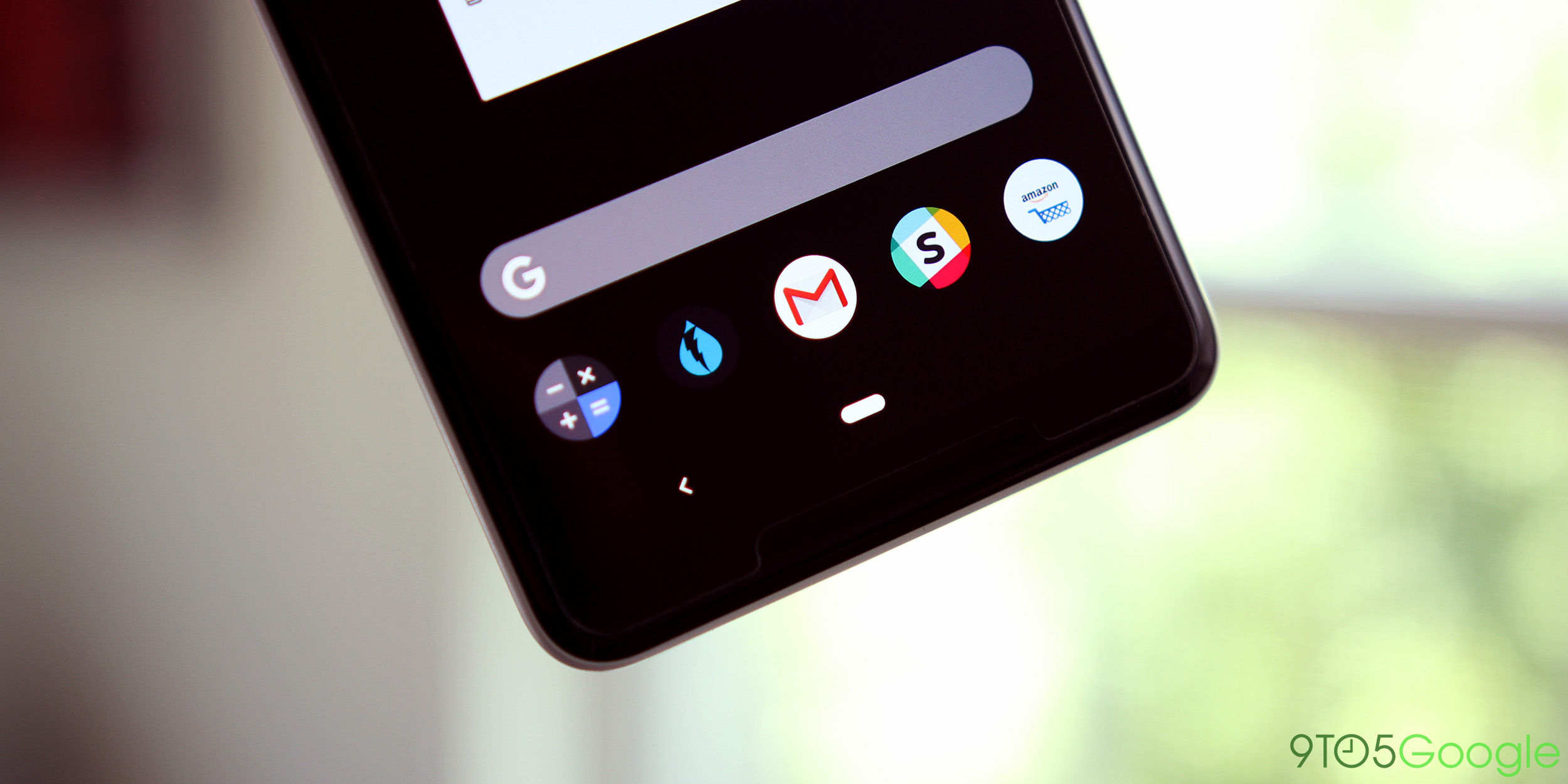
Android 10’s new gesture navigation system is a bit of a mixed bag, but it’s what Google wants to be a standard across every Android device. Now, we’re learning that Google is going to force OEMs to hide their own gesture navigation systems in Android, even going so far as to not include them in the setup wizard.
was provided a copy of the latest version of the Google Mobile Services (GMS) agreement that OEMs have to abide by. This document lays out requirements for Android device makers, and it reveals a lot of interesting information about what device makers have to be compliant with. One interesting section of the document talks about gesture navigation systems.
Back at I/O 2019, Google confirmed that device makers would be able to keep making their own systems, but they would also be forced to include the new Android 10 gestures as well as the traditional three-button setup.
Thanks to this document, we’re getting further clarification on Google’s requirements. Apparently, any Android device using GMS that launches on Android 10 will need to ship out of the box with either the classic three-button or the new Android 10 gestures. If a device ships with the gestures by default, the three-button setup must be supported as an optional setting.
Notably, this effectively kills off the two-button “pill” navigation from Android Pie, as Android 10 devices can’t include it as a “user-selectable option.” Google mentions that devices being to Android 10 are strongly encouraged to keep that option in place. We’ve seen this on Pixel and Essential devices, but OnePlus removed the “pill.”
Another interesting tidbit from the GMS document is that Google is essentially forcing OEMs to hide their own gesture navigation systems. While they can be included on a device, Google says that they cannot be advertised by the “Setup Wizard or any other method” including pop-ups or notifications. Obviously, these systems also cannot be the default option.
Further, OEMs are forced to bury their systems one level deeper in the settings menu. Google gives the example of putting it under “Advanced or similar.” Clearly, Google doesn’t want users to have easy access to third-party systems. Google also reminds partners that their own gesture navigation systems must still be CDD compliant.
We’re not entirely sure how OnePlus’ modified Android 10 gestures fit into this picture, at least based on this document, although there is mention of “implementation details” without further information.
Author: Ben Schoon
Source: 9TO5Google




